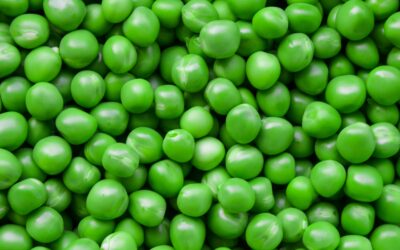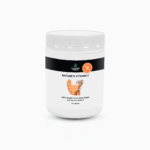A couple of weeks ago on facebook I asked everyone to let me know when they opened a can of food, to see if it was lined with plastic. The plastic is most likely may have Bisphenol A (BPA) within it. We’ve created a spread sheet about our findings. This is a work in progress so if you know of anymore let us know and we’ll add it to the list.

Early this month on 60 Minutes Australia there was a report on BPA. The reporter went to our food authorities, Food Standards Australia and New Zealand and asked why Australia had not banned this plastic that lines our tins and babies bottles.
The spokesperson for the FSANZ said (as they always say), we don’t agree that the research is correct and until we see in the scientific community that BPA is dangerous FSANZ will not ban it. Obviously they haven’t read the following. Wake up FSANZ!
Cans bring BPA to dinner, FDA confirms
The vast majority of tested U.S. canned goods were tainted. Federal chemists have confirmed what everyone had expected: that if a bisphenol-A -based resin is used to line most food cans, there’s a high likelihood the contents of those cans will contain at least traces of BPA. A hormone-mimicking compound, BPA is the monomer — or chemical building block — used in making the resin. Earlier studies had shown that this resin tends to shed BPA.
In their new paper, Gregory Noonan, Luke Ackerman and Timothy Begley of FDA’s Centre for Food Safety and Applied Nutrition in College Park, Md., acknowledge that BPA had turned up in the limited studies that had sought it out. But those studies had tended to look at a narrow range of products, such as baby food, infant formulas or soft drinks — or to have assayed foreign foods.
“It was clear that there were no large scale studies of the U.S. market,” they note, “and that there were significant data gaps for highly consumed canned foods, such as chili, pastas and pork and beans.” So they focused their survey on the most widely consumed U.S. canned goods.
In a paper that has been accepted for publication in the Journal of Agricultural and Food Chemistry, the researchers now report finding BPA tainting 71 of the 78 canned goods they sampled — or slightly more than 90 percent. They also tested frozen green beans and peas that had been sold in plastic bags as a potential control. As expected, neither frozen veggie contained BPA.
The lowest concentration of BPA in canned foods — 2.6 parts per billion — occurred in a can of peas. But another can of the same vegetable contained BPA at 310 ppb. Tainting of green beans varied 30-fold (up to 730 ppb). Some foods, like pasta, pork and beans, chili, soups and fruits varied less, typically hosting BPA at levels of between 10 and 80 ppb.
Store brands were not necessarily more tainted than name brand products, the new data show, nor were organic foods reliably cleaner than conventional products. Bottom line, the FDA scientists observe: “There are few clear trends in the data.”
Moreover, they add, owing to the broad variation in concentrations witnessed here, comparing BPA data from overseas products to U.S. foods “is not overly informative.” Even over-the-border comparisons can be challenging. Canadian canned tuna hosted 9 to more than 500 ppb BPA, well in excess of the 4.5 to 17 ppb in U.S. tuna. The difference likely traces to the manufacturers’ use of different coatings.
Oh, and the new data show that BPA concentrations tend to be 10 fold higher in a canned food than in any liquid (like water or syrup) in which it had been packaged.
These data reinforce once again why freshly cooked foods are generally healthier. That said, fresh produce also tends to be much more expensive — which is precisely why canned foods are so popular in households on tight budgets. Indeed, I can’t imagine how many gallons of BPA my family must have ingested throughout my childhood owing to my parents’ propensity for stocking our larder with canned goods (literally, by the case) whenever they went on sale.
By Janet Raloff
To download a list of plastic lined tins click on the link below.
{module_literature,i,94220}






0 Comments